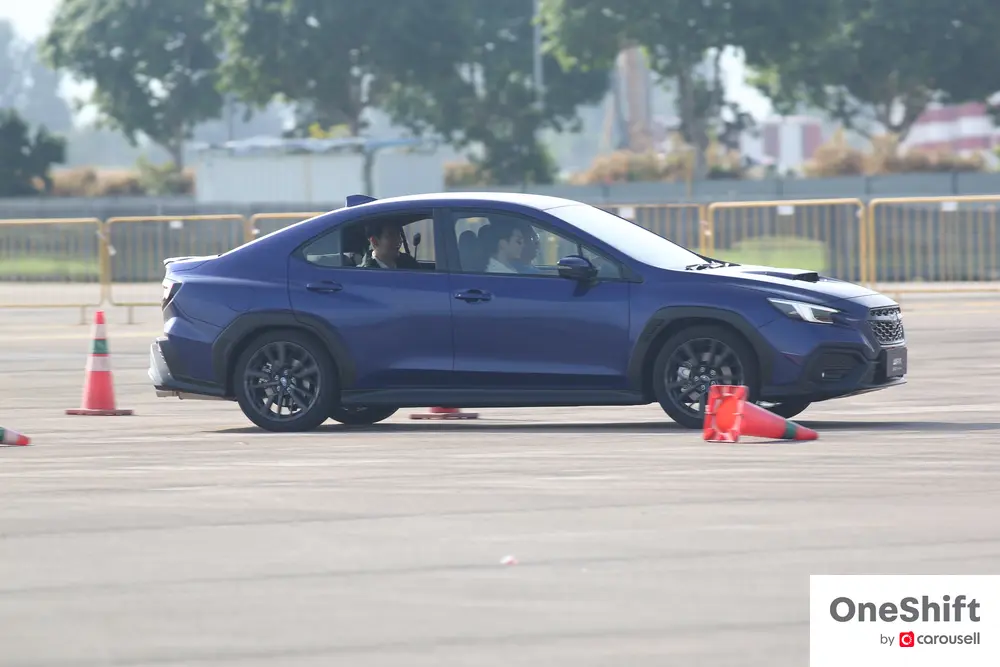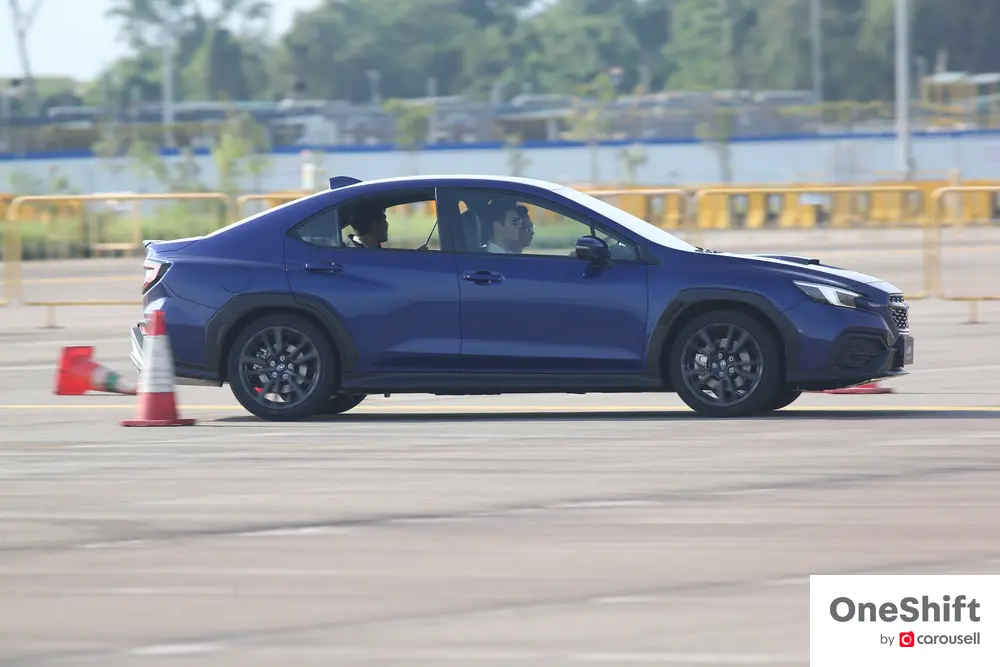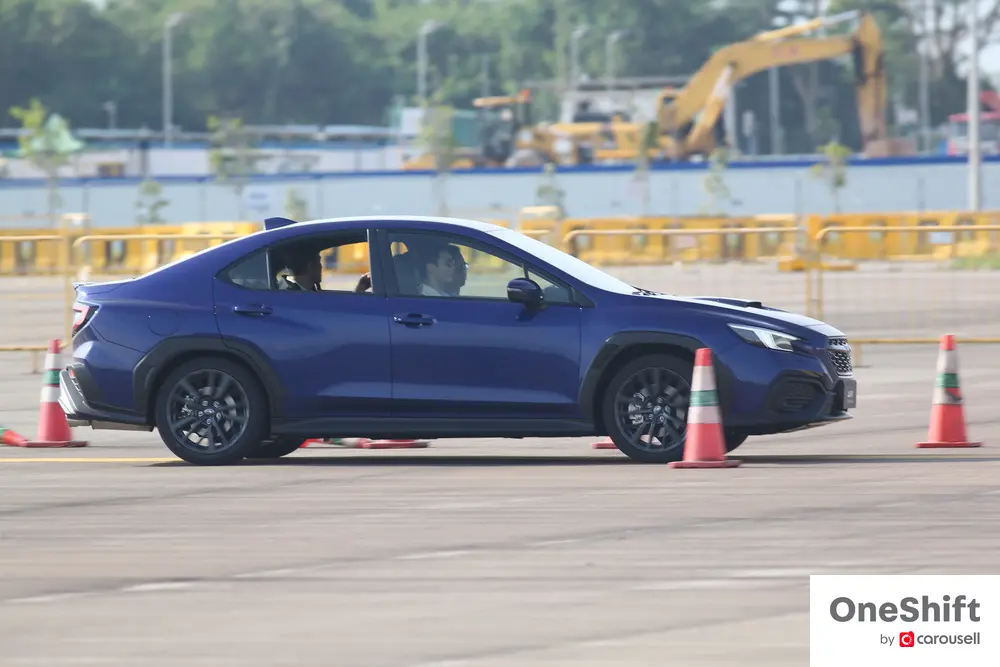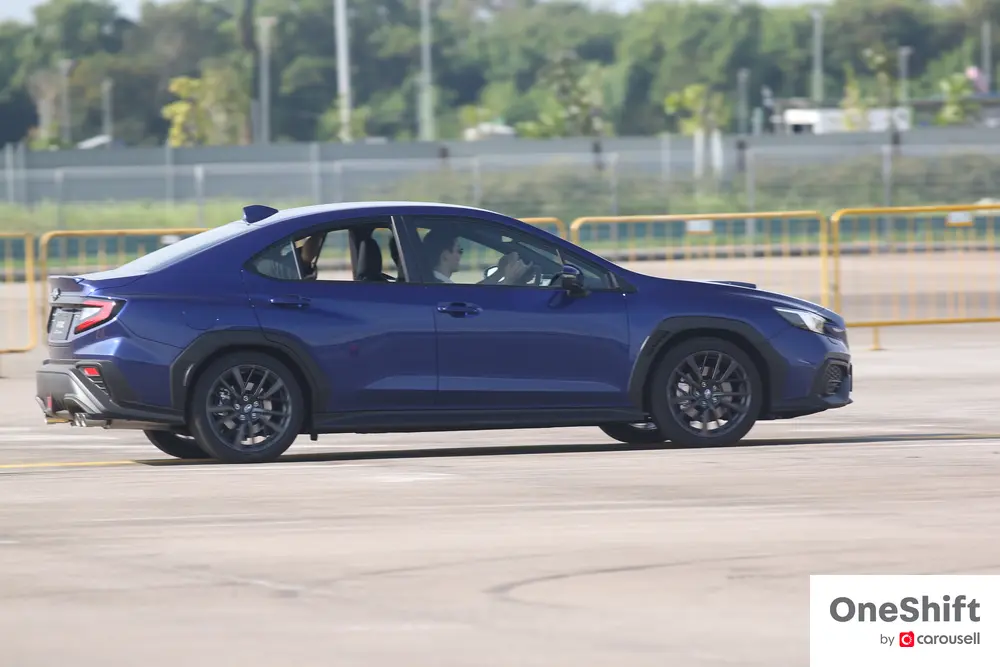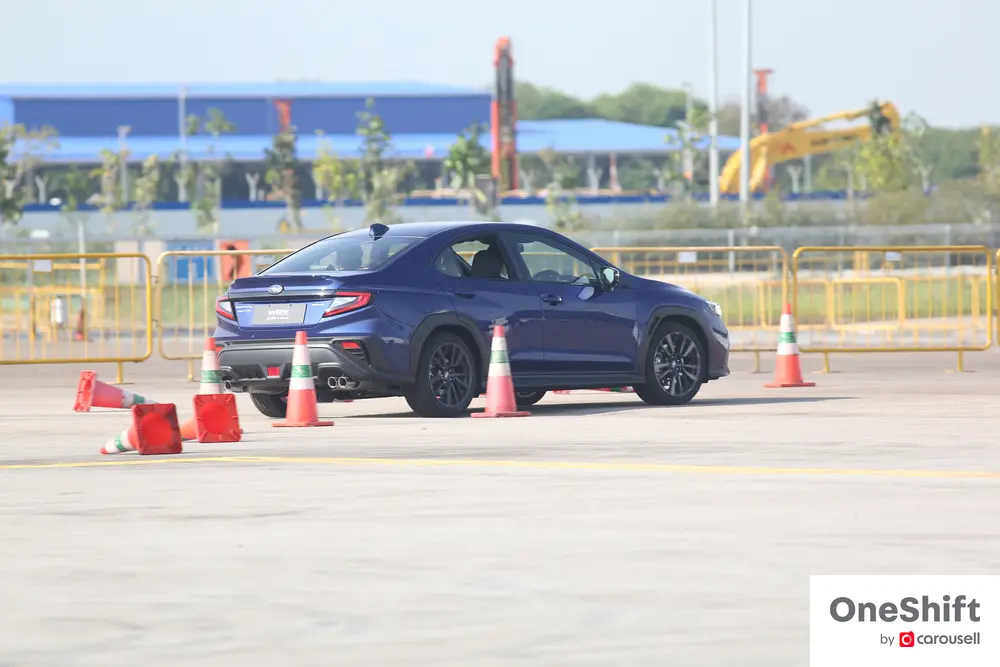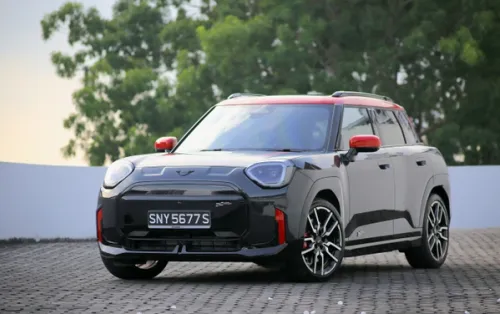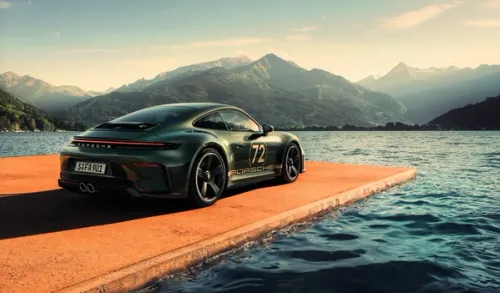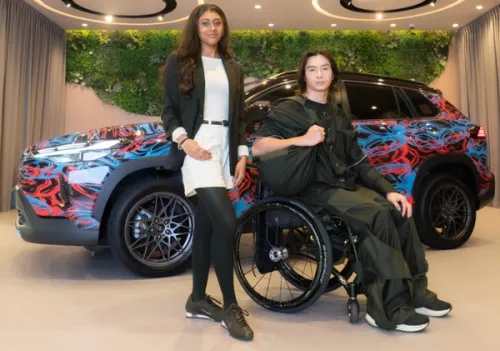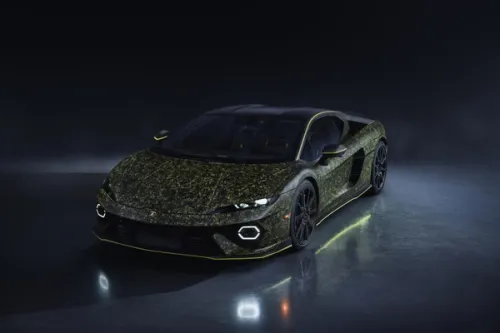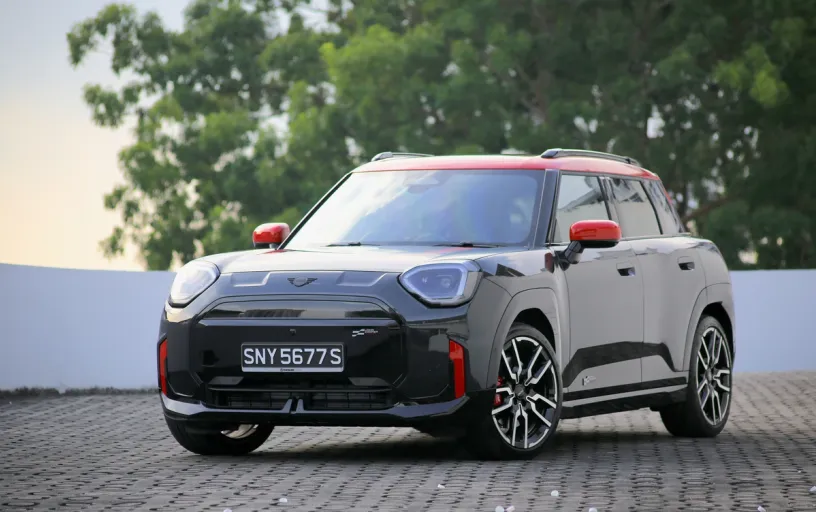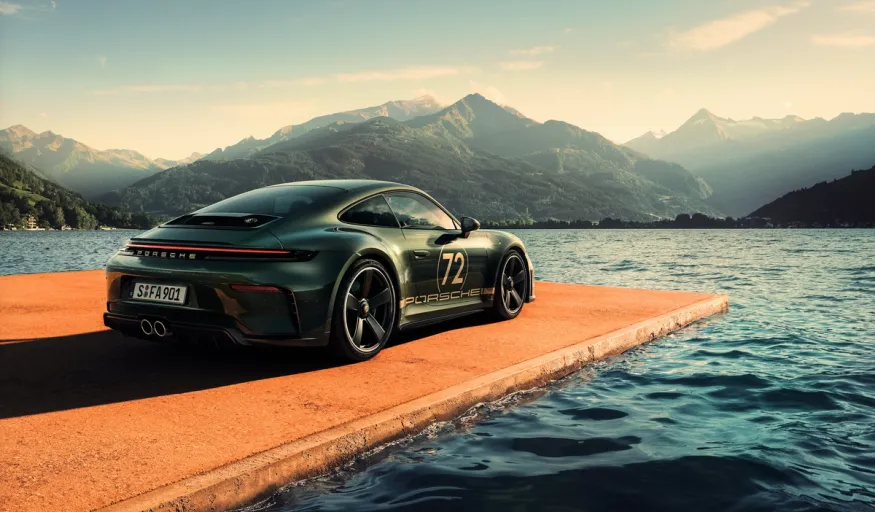First Drive: Subaru WRX and WRX Wagon tS
The WRX impresses with its poise, pace and even its CVT gearbox.







With a mouthwatering display of Subaru’s ‘S’ cars (S206, S207, S208), the BRZ, as well as a ‘hawk-eye’ GD Spec C and a 1st generation WRX, you know Subaru means business when launching its 5th generation WRX.
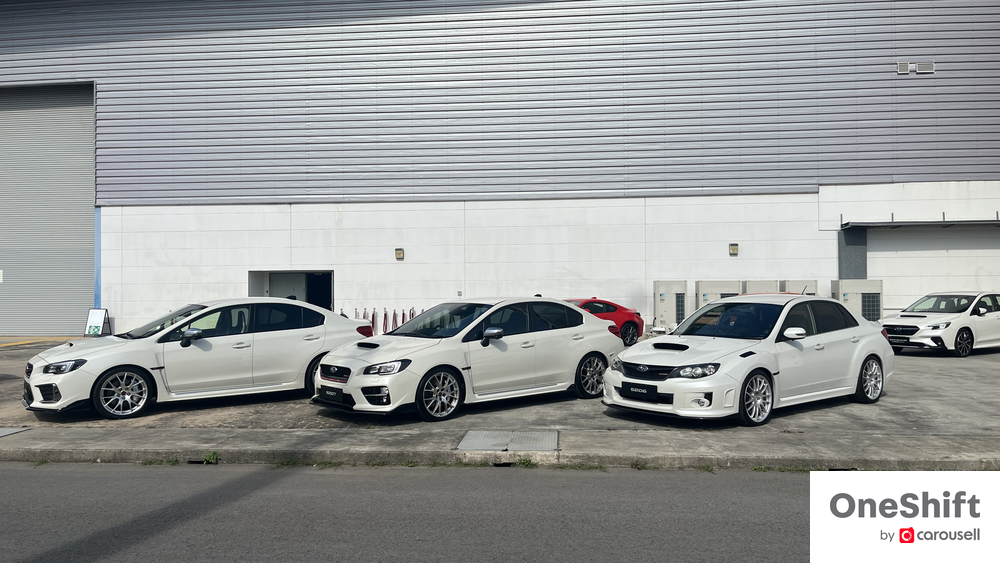
While most (including myself) lamented at Subaru for losing its way when it first unveiled its latest WRX, we also formed this opinion having not even seen the car in person or driven it. Particularly, it was the car’s automatic CVT gearbox that seemed to give the most grief, seemingly at odds with the fact that the WRX is meant to be a performance car. Well, it was finally time to put it to the test, as Subaru allowed us to have the most unbiased assessment of the car possible - by putting it through its paces on a closed circuit.
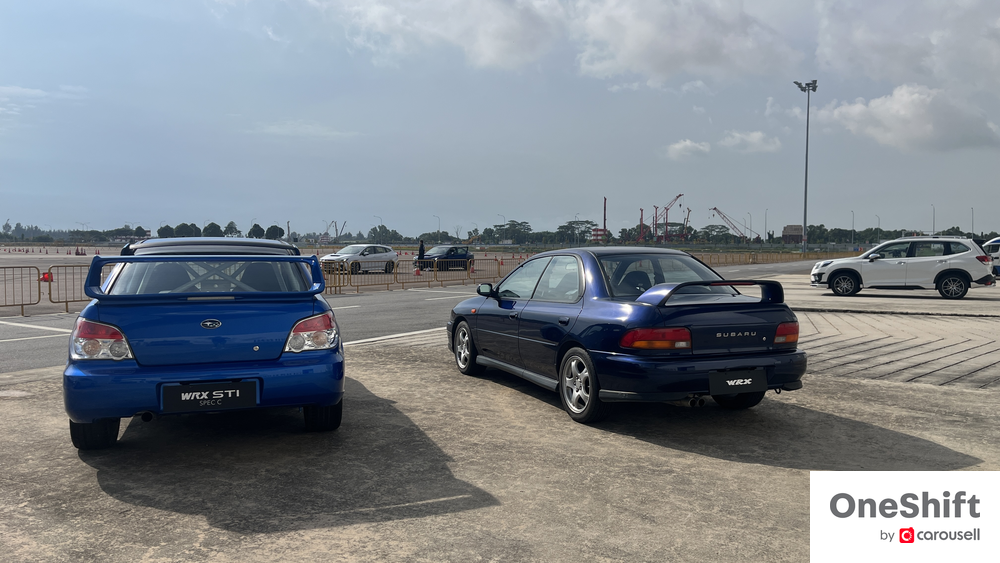
But first, it’s worth diving deeper into what Subaru has done to the new WRX. It’s pretty impressive.
More than a nip-and-tuck
Built on the newest iteration of the Subaru Global Platform, the torsional stiffness of the car has increased by 28% and 44% for the WRX and WRX Wagon respectively versus its predecessors.
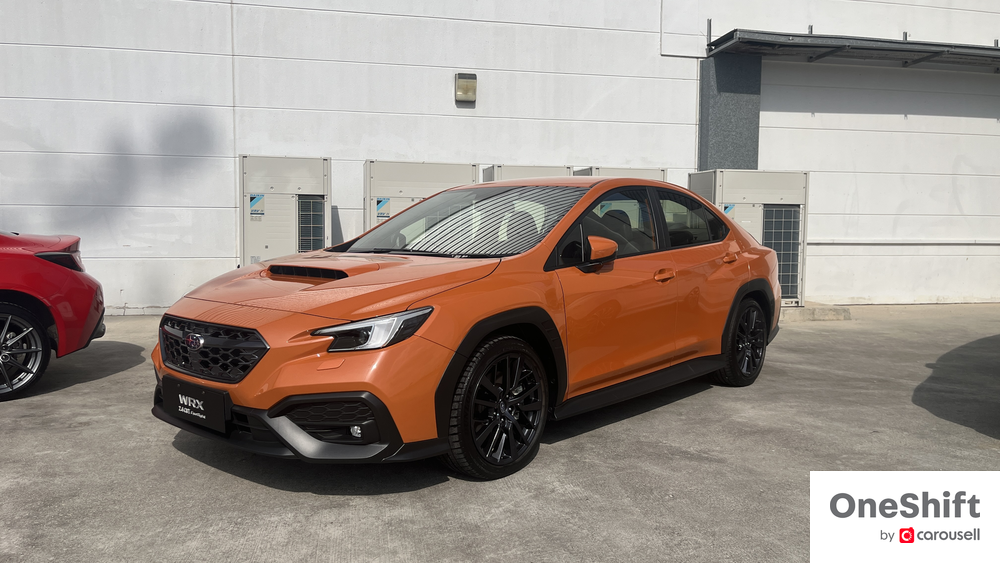
There’s a very keen focus on weight saving. Like previous iterations, the bonnet is still aluminium, but the front fenders are now also made from the lightweight metal, saving 2.3 kg. The car’s metal fuel tank has been changed to resin to shave off some pounds, too.
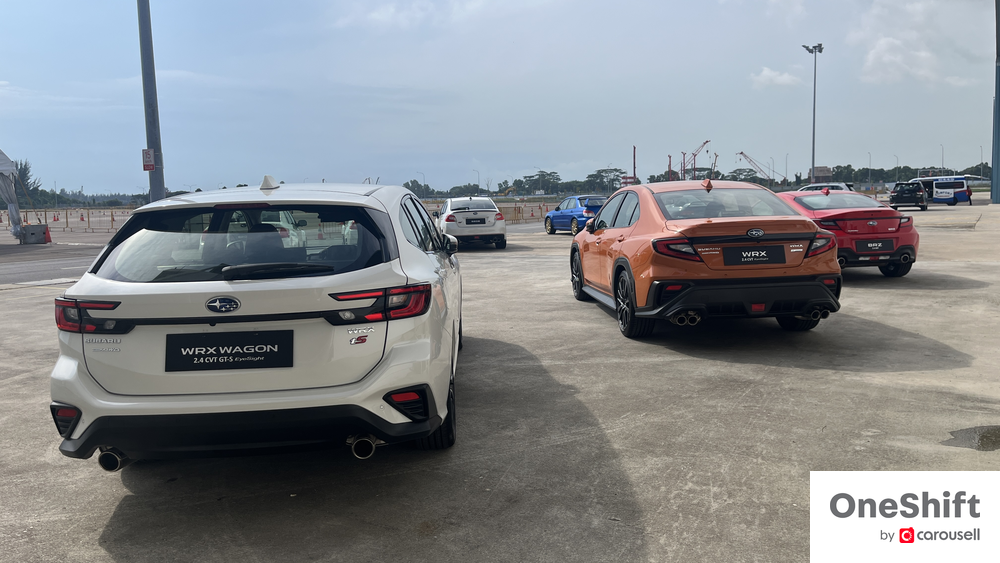
Dimensions wise, the WRX is 75 mm longer, 30 mm wider and 10 mm lower than before. The WRX Wagon (when compared with the Levorg) is 65 mm longer, 15 mm wider and - here’s where it diverges from the WRX - 10 mm taller. Both cars wear 18-inch aluminium-alloy wheels, but the Wagon wears less aggressively sized tyres (225/45 versus 245/40).
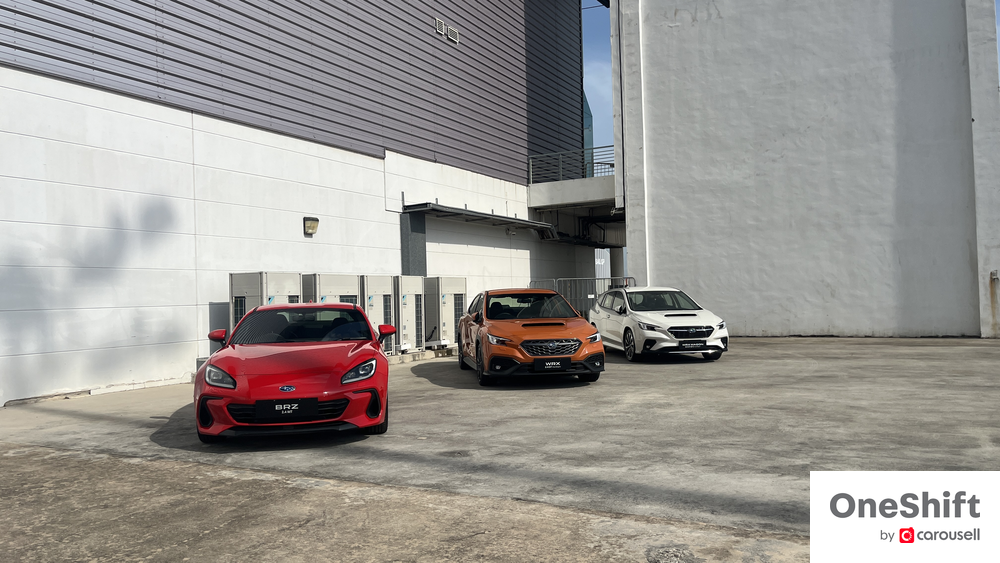
In terms of looks, the WRX looks tough in a camping gear sort of way, with plastic garnishing lavished generously on the bottom of the body. By the way, the plastic has a hexagonal dimpled texture which apparently is better for airflow - this is the attention to detail Subaru has to further improve aerodynamics.
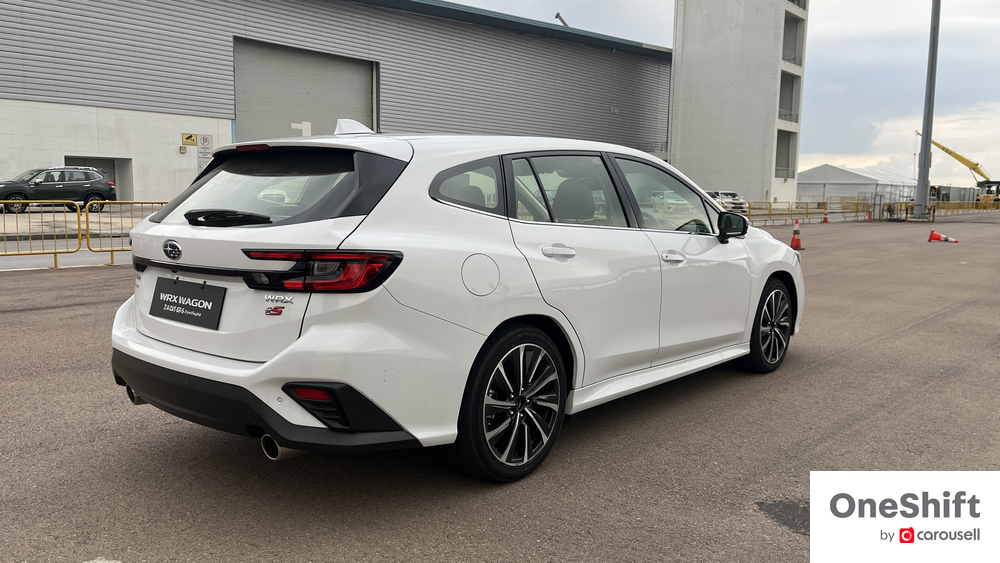
The WRX Wagon’s bodywork looks far cleaner and I daresay, prettier as well. Remarkably, its cargo capacity of 492 litres, expandable to a maximum of 1430 litres by folding down the entire 40:20:40 split-fold backseat, is comparable to the Forester (505 litres).
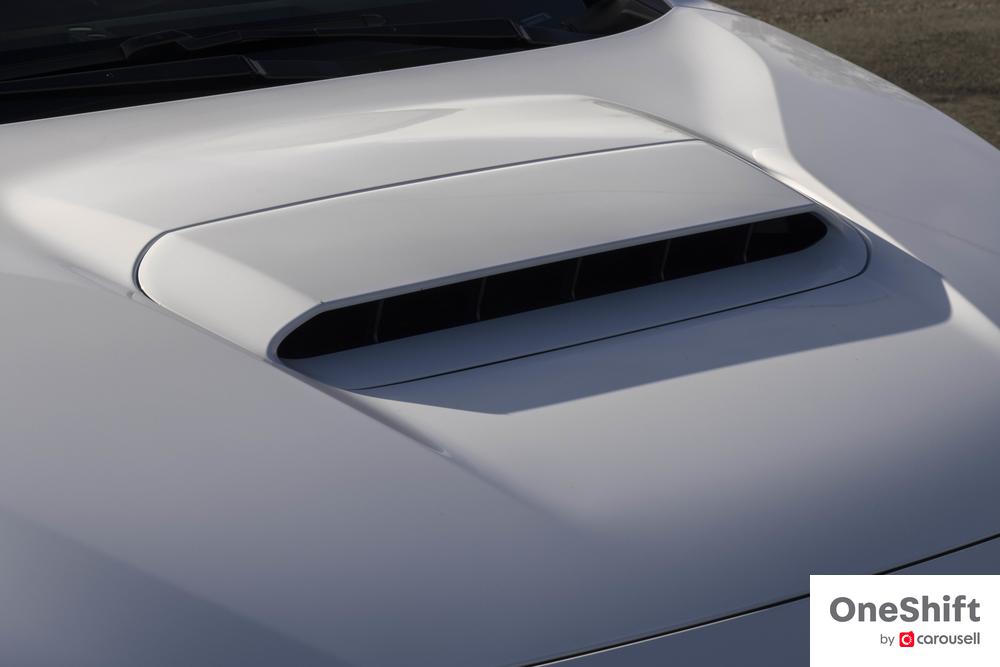
Both cars feature the trademark bonnet scoop which feeds fresh into the intercooler of the 2.4-litre boxer four turbo - and this new engine is a key differentiator. Codenamed FA24, it goes against the grain of general trends - for one, focuses on drivability and durability instead of chasing big numbers - in fact, when compared to the previous smaller 2.0-litre engine, power is only up by 7 PS, while torque remains the same at 350 Nm albeit from lower revs (2000 rpm instead of 2400 rpm). It is also an ‘upsized’ engine which now has larger displacement, a most unconventional move when pretty much everybody else is downsizing. The turbo remains twin-scroll, but now has computer-controlled valves for the wastegate and air bypass for more efficiency.

In the handling department, Subaru’s signature Symmetrical All-Wheel Drive is paired with Variable Torque Distribution (VTD), which uses a planetary gear-type centre differential and an electronically controlled transfer clutch to optimally distribute the torque between the front and rear axles. The nominal torque split is rear-biased at 45:55, which is continually optimised according to driving conditions, driver’s inputs, and vehicle behaviour (max split is 50:50).

Suspension geometry has been tweaked for longer suspension strokes (approximately +5% on the front, approximately +20% on the rear) to reduce impacts and vibrations on the vehicle body when braking or driving on uneven roads. The electric power steering has been changed to a dual-pinion design (which separates the driver’s input shaft from the motor assist shaft) for a more natural steering feel.
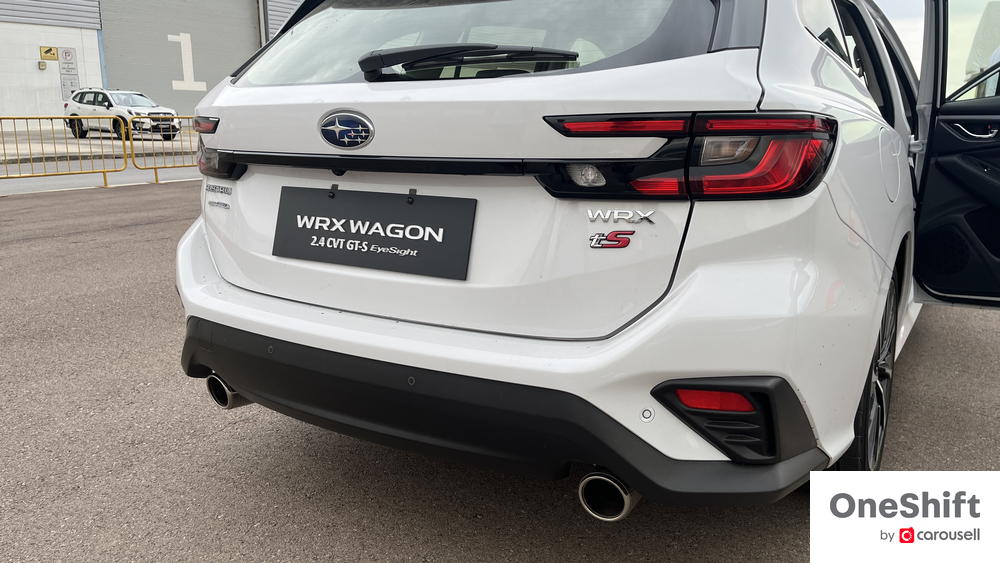
tS models (at an extra $10k) will get a host of upgrades, such as an STI steering wheel and a different rim design, but the more notable extras include electronically controlled dampers and Drive Mode Select. This includes Sport+ mode, which allows one to increase the rear-wheel power bias. There is also Track mode, which disables traction control and delays intervention from active safety systems. You won’t get these modes in models without the tS package.
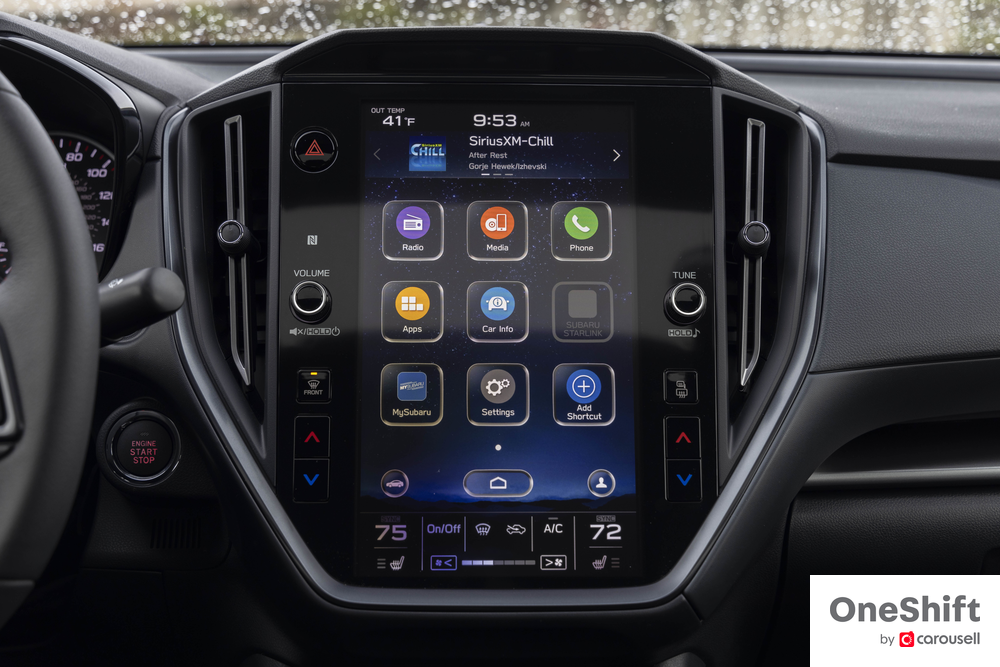
On the inside, you won’t miss the new 11.6-inch touchscreen display from which you control all important functions including Apple CarPlay and Android Auto.
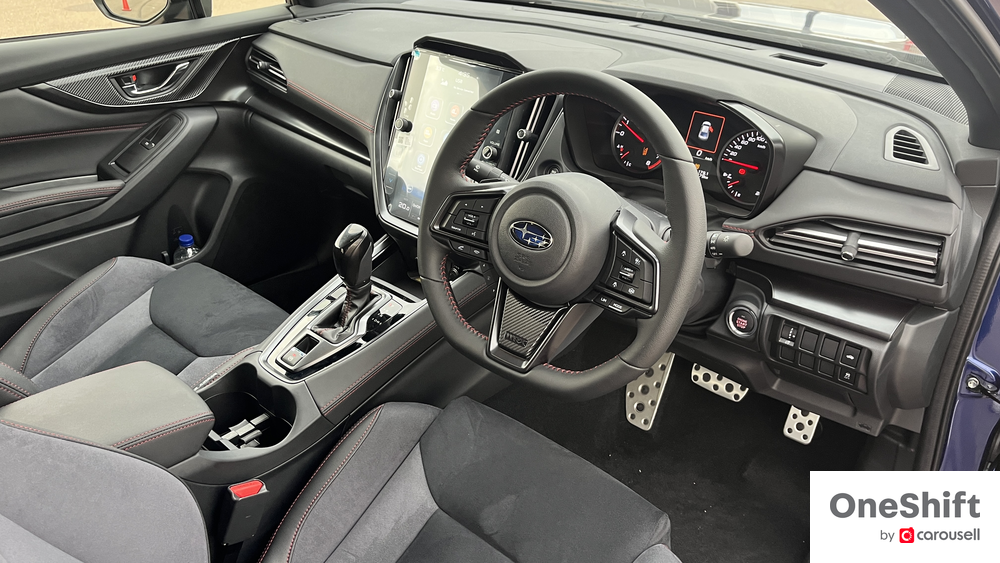
Now onto the biggest bugbear of fans - the “8-speed” CVT. With a new variator unit and closer integration with SI-Drive, the upshifts are 30% faster while downshifts are 50% faster in comparison with the previous gearbox.
How do they drive?
I got my first drive in the WRX Wagon which was equipped with the tS package.
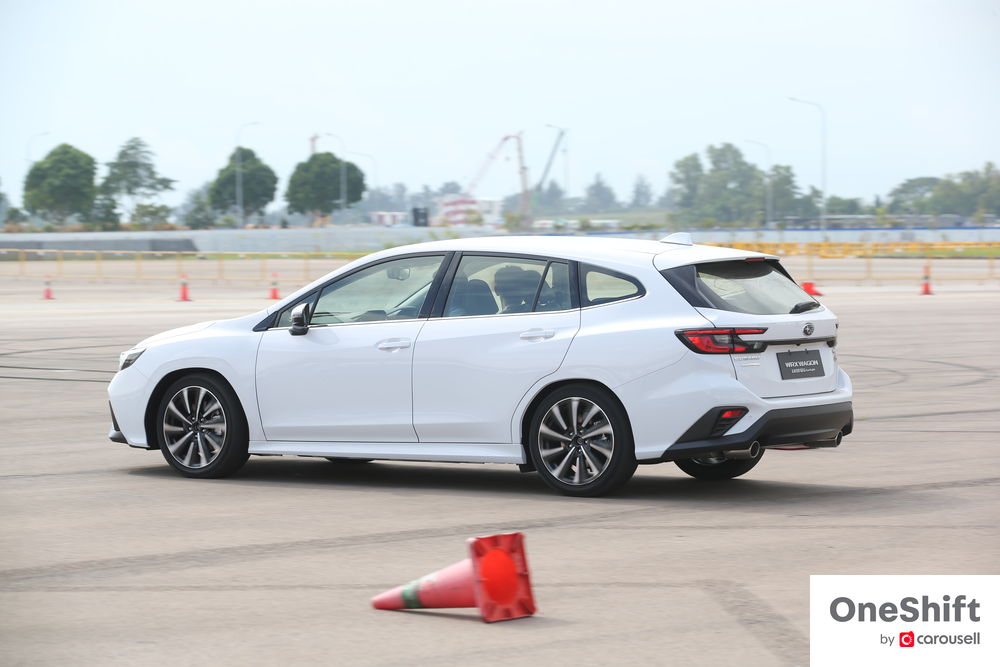
Off the bat, I noticed the punchier engine that makes the WRX feel properly quick. Throughout its rev range all the way to its redline, the engine feels strong and willing to give its all, even sounding rather sporty in the process.
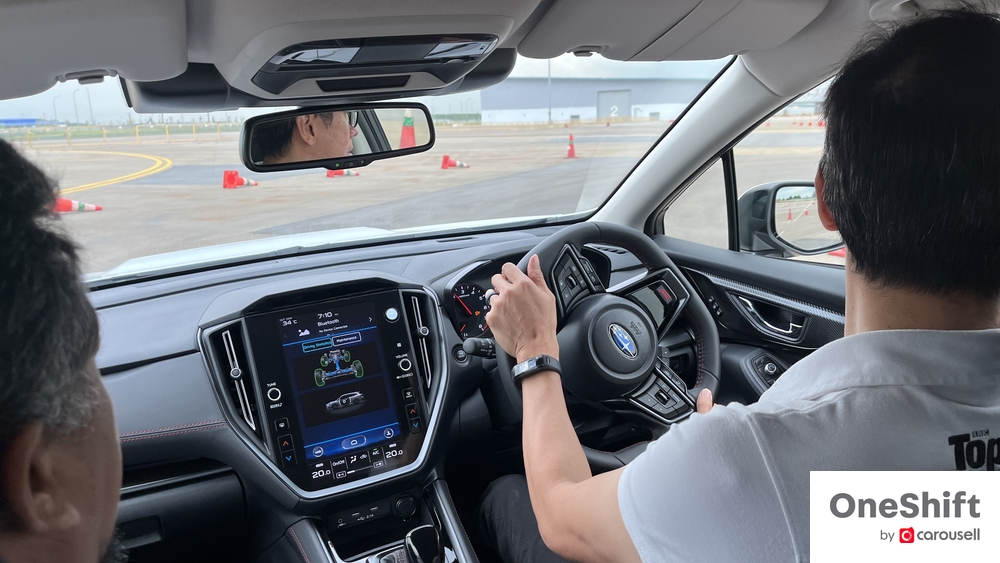
On the first sweeping turn, there’s a delightful lightness to the car that makes it feel far smaller than it actually is. Agility is top notch, and so long as you don’t overcook the entry into a corner, it will grip and grip, the AWD system putting down power where it is needed quickly and efficiently. The handling stance is neutral with a tendency to understeer if carrying too much speed, which makes it safe and very exploitable. It’s actually fun and when each of us got out of the laps, we all came out pretty impressed and wanted to go again. Since we only had a warm-up lap and a hot lap to contend with, I did not get to cycle through the different drive modes to compare them.
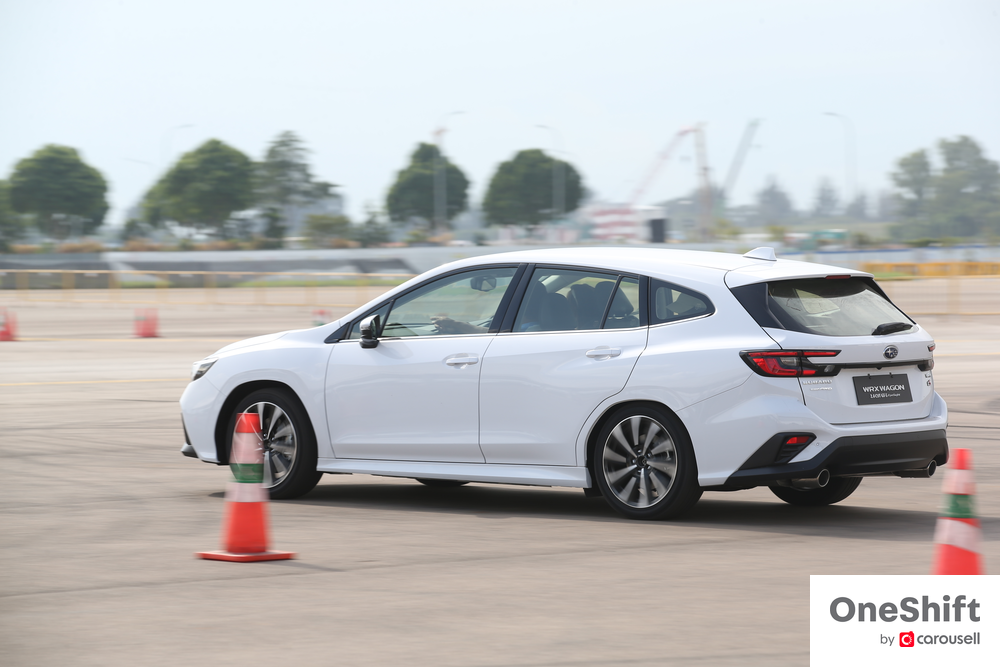
The steering is predictable and, although nothing to write home about, doesn’t feel out of place in the sports wagon. Perhaps the most surprising part of the drive is experiencing the CVT banging through gears like a dual-clutch gearbox. Forget about the rubber-band expressions, this CVT is a remarkable thing for something remembered far more for its efficiency. It’s never a handicap nor hindrance to enjoying the WRX on the circuit, and in fact is always responsive and intelligently taps on the engine’s power band. A road test of the car will be needed to confirm the great impression on the track, but it’s really promising so far.
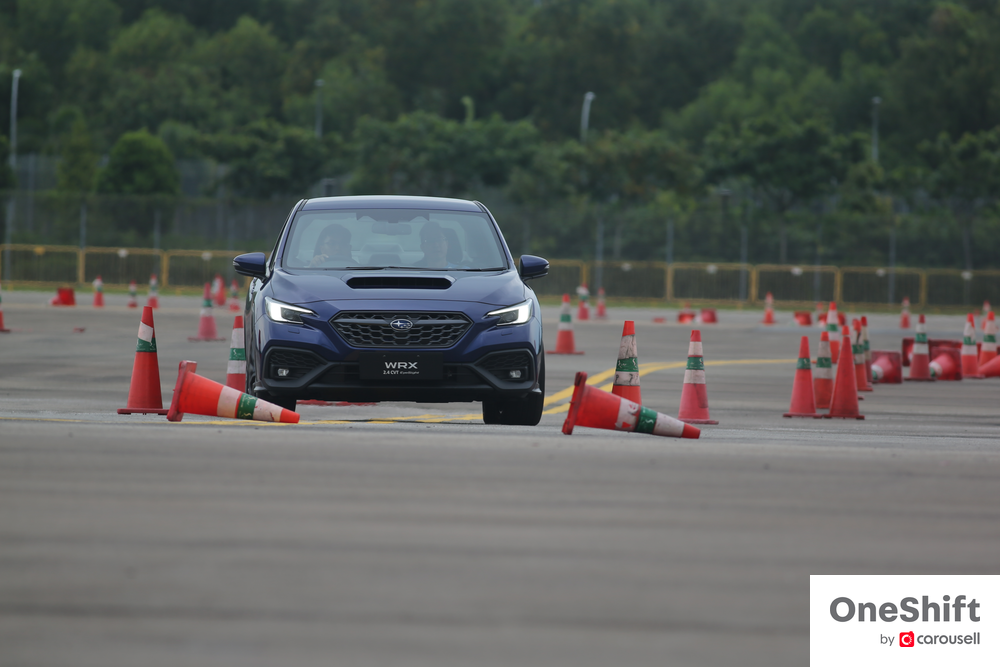
The next drive in the WRX was pretty similar even though it is non tS equipped. It would be splitting hairs to say one could feel the differences, but with more time to deliberate between the drive modes, I suspect a firmer conclusion would be drawn to tell the two apart.
About a quarter of a million, you say? Is it worth it?
Indicative prices (including COE) for the WRX 2.4 EyeSight is S$246,800 and S$256,800 for the WRX GT-S Wagon 2.4 EyeSight, with deliveries expected to start in June 2023. So yes, they’re asking rather big money for these, but if you consider cars like the CUPRA Leon Sportstourer ($266k) and Skoda Octavia Kombi RS ($238k) in reference to the WRX Wagon, or that the WRX is in the ballpark of a Volkswagen Golf GTI ($253k), it starts to make more sense. The WRX is definitely competitive among these, offering a distinct Japanese flavour into the mix that’s hard to ignore.
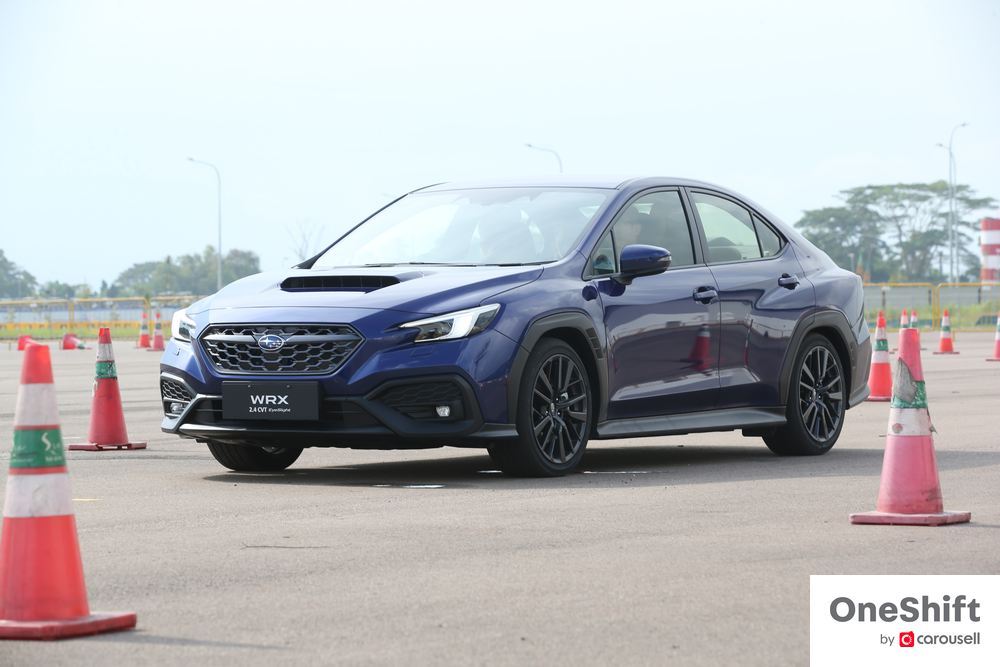
Photos by Subaru Singapore, Subaru U.S. and James Wong
---
Selling your car? Whatever the reason, car you sell Carousell.


Get the Best Price for your used car
from 500+ dealers in 24 hours

- Convenient and Hassle-Free
- Consumer Protection
Transparent Process
With No Obligation
